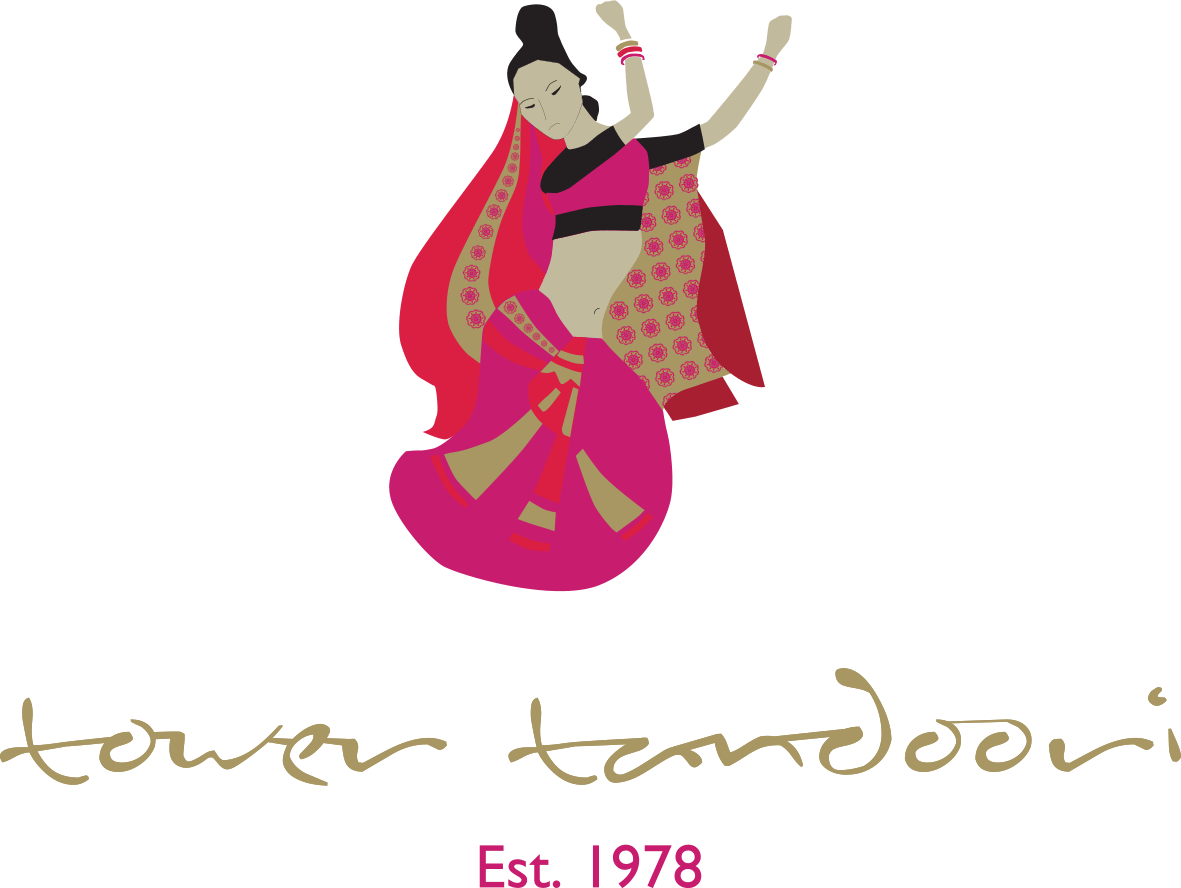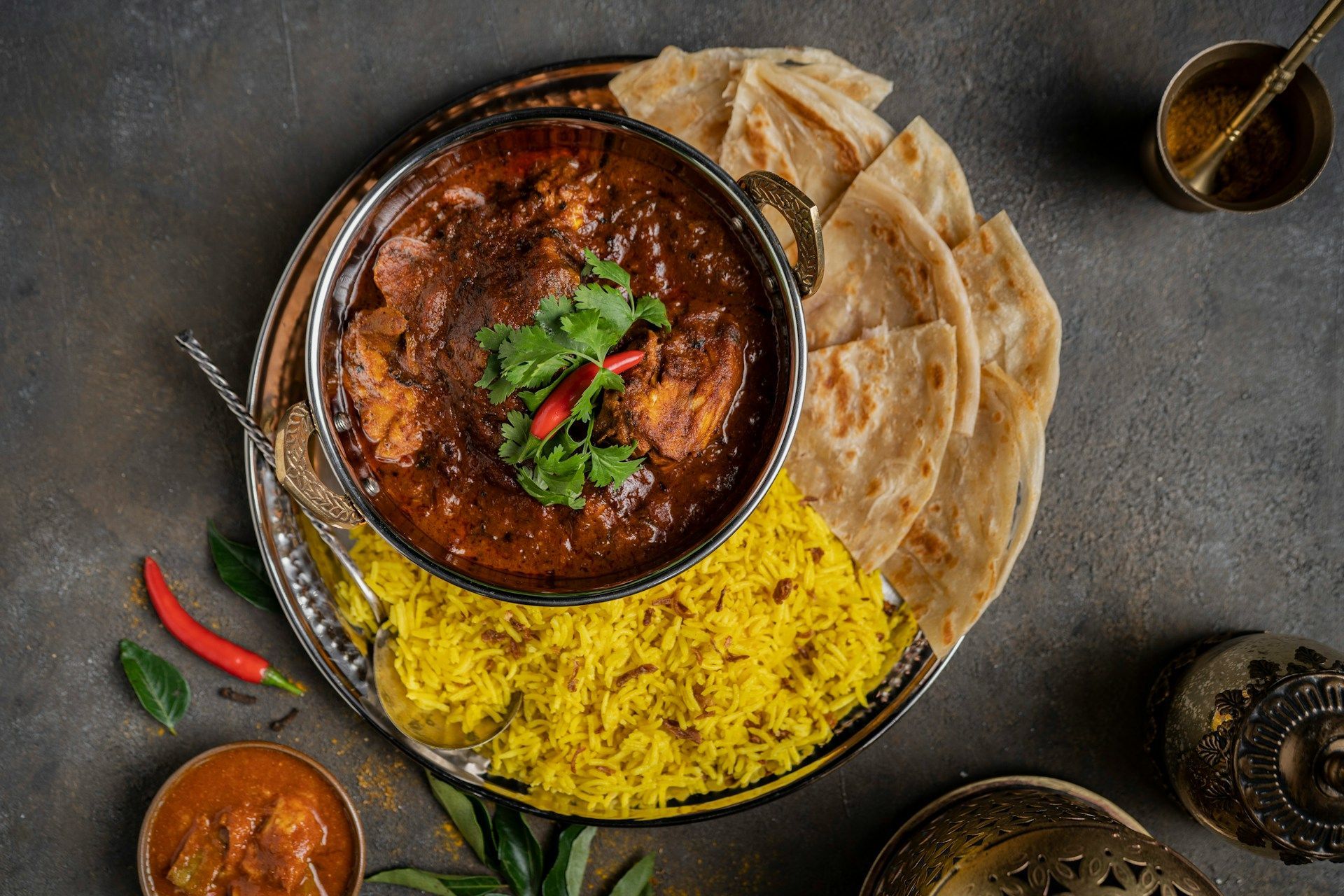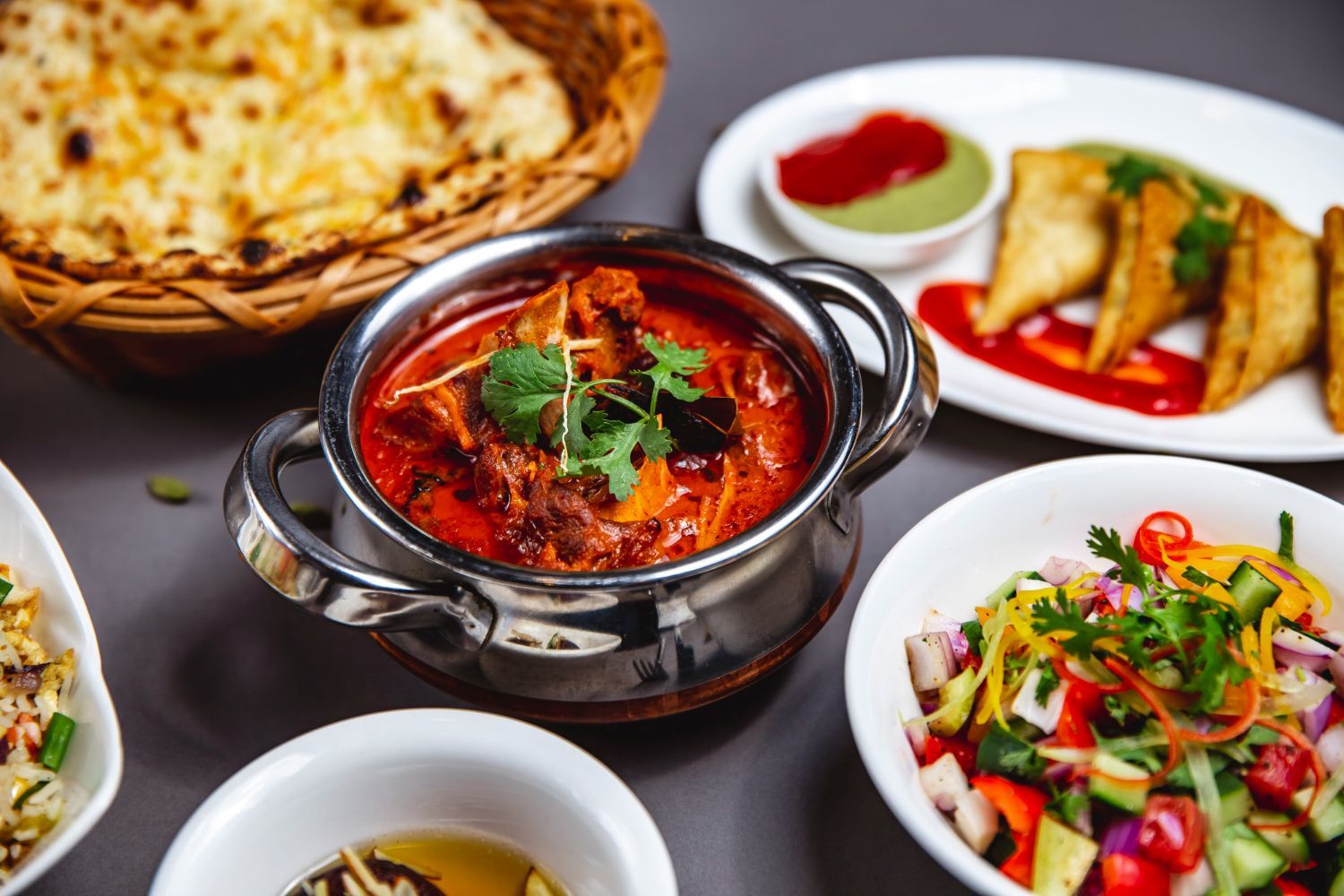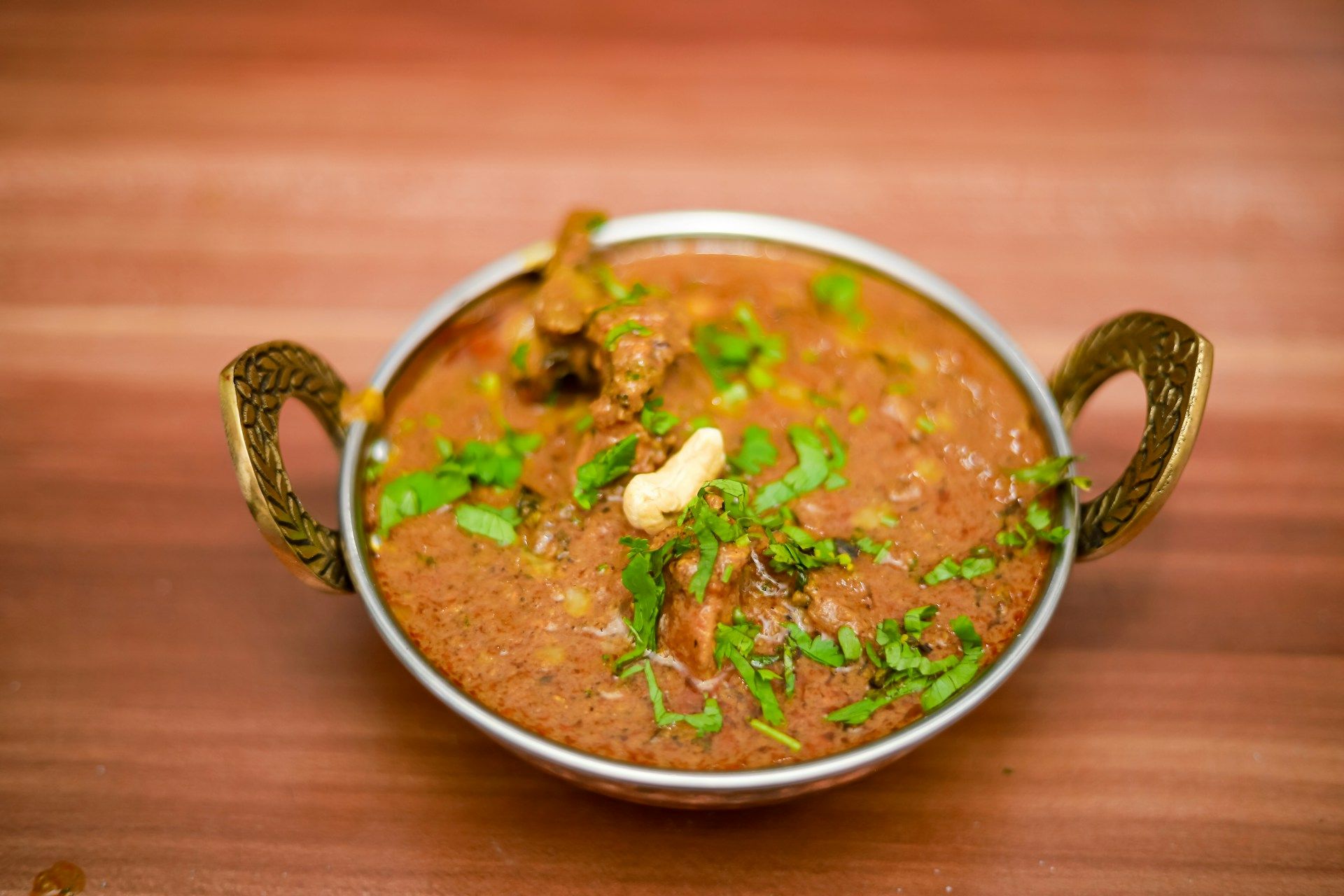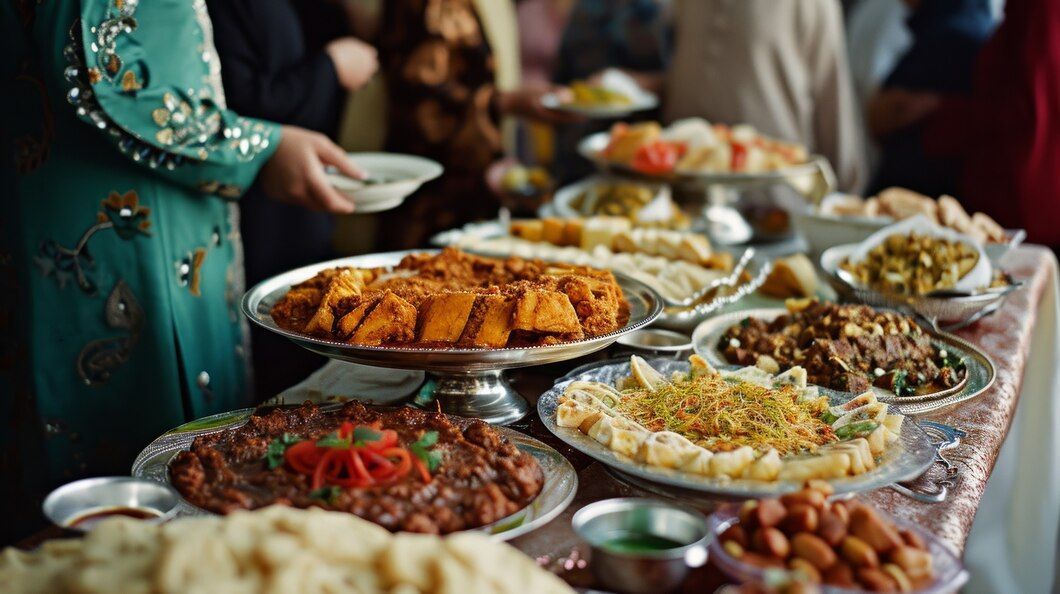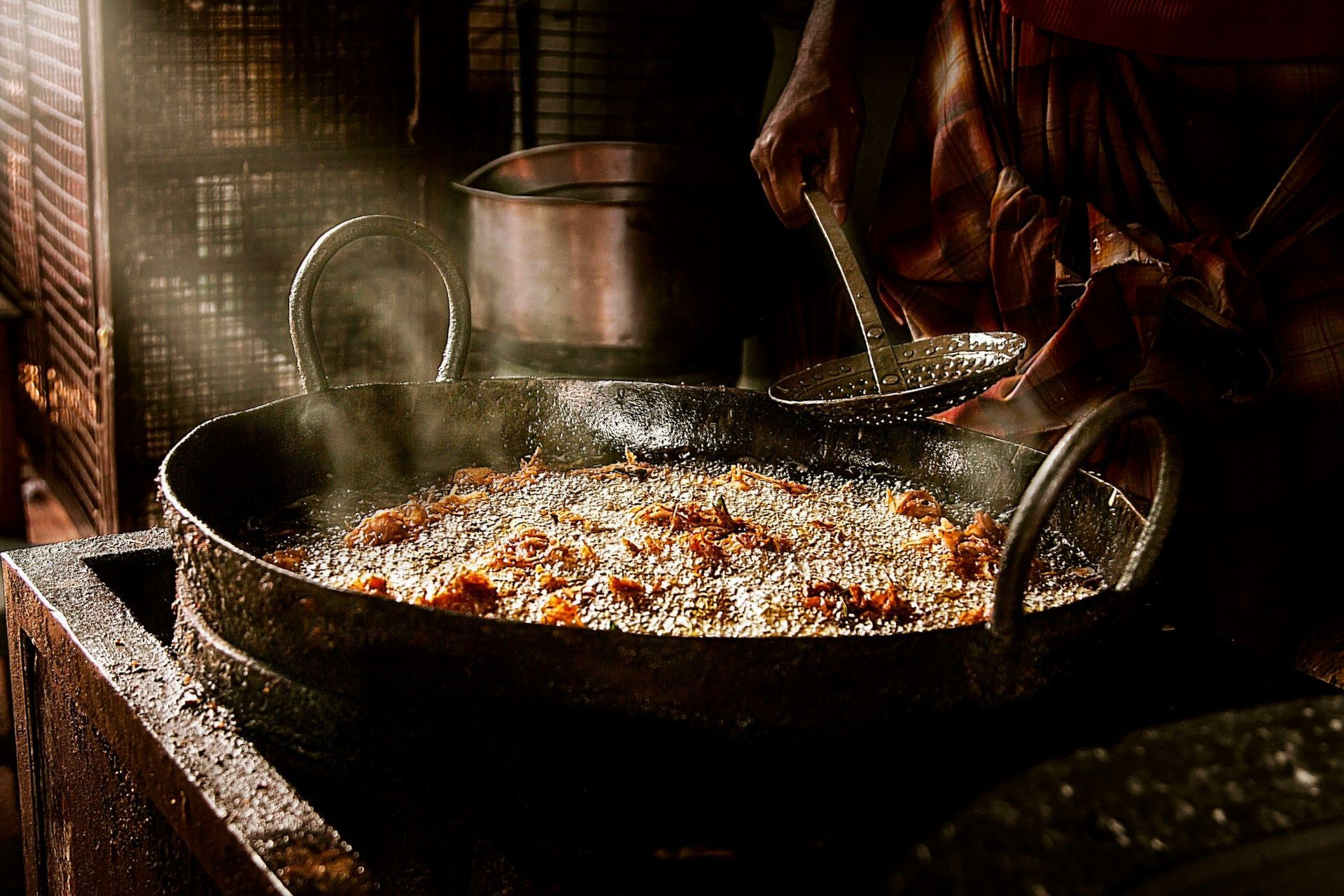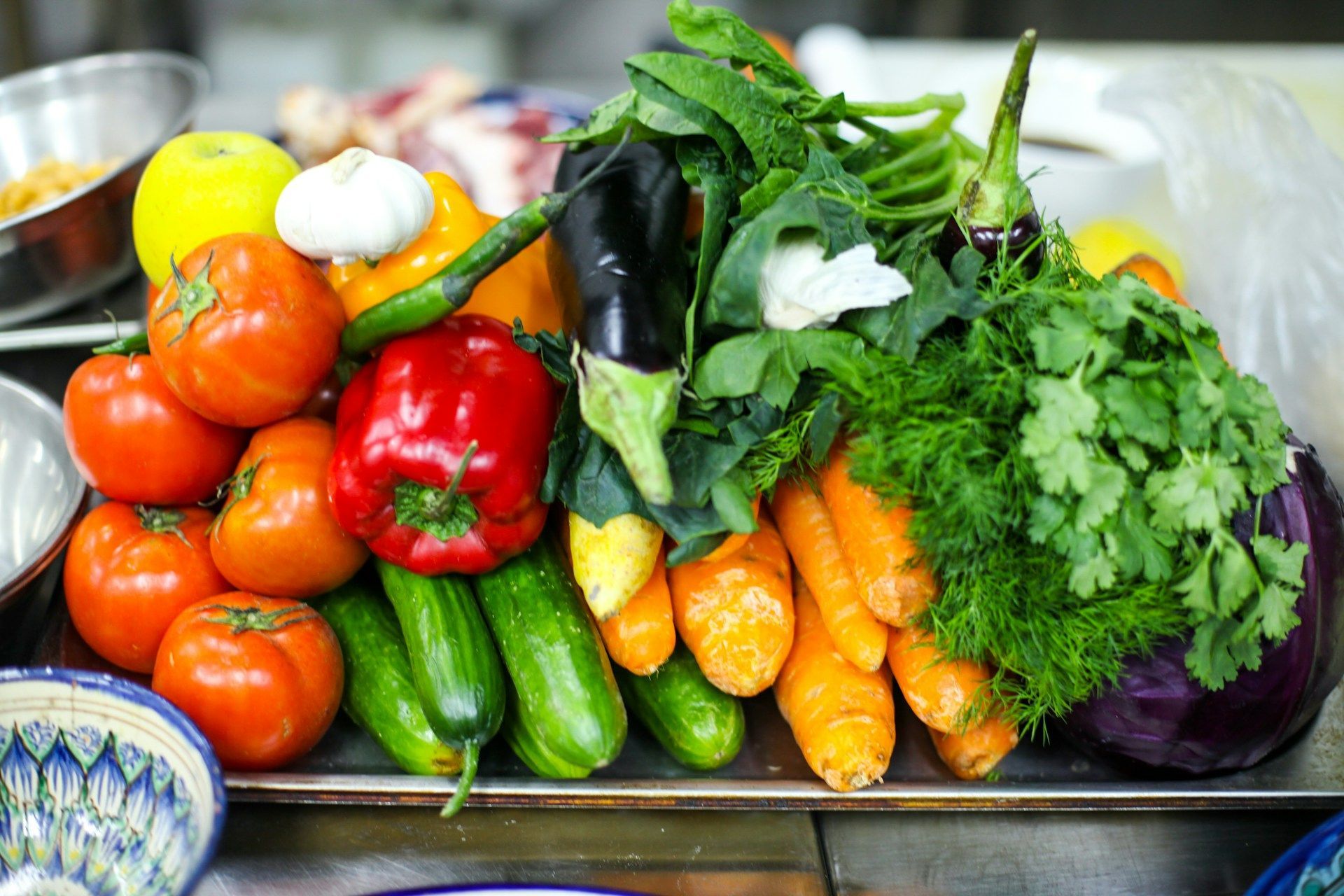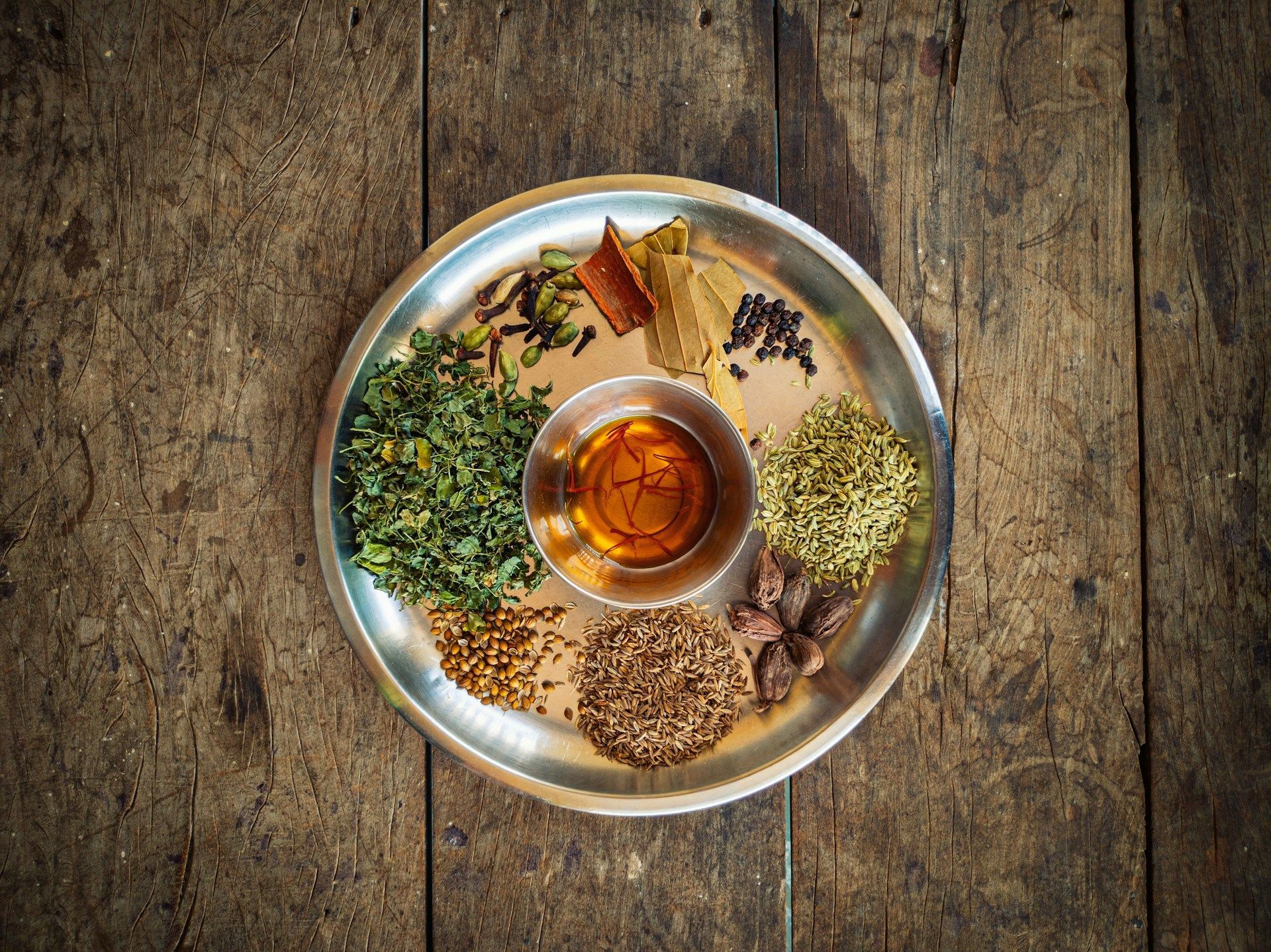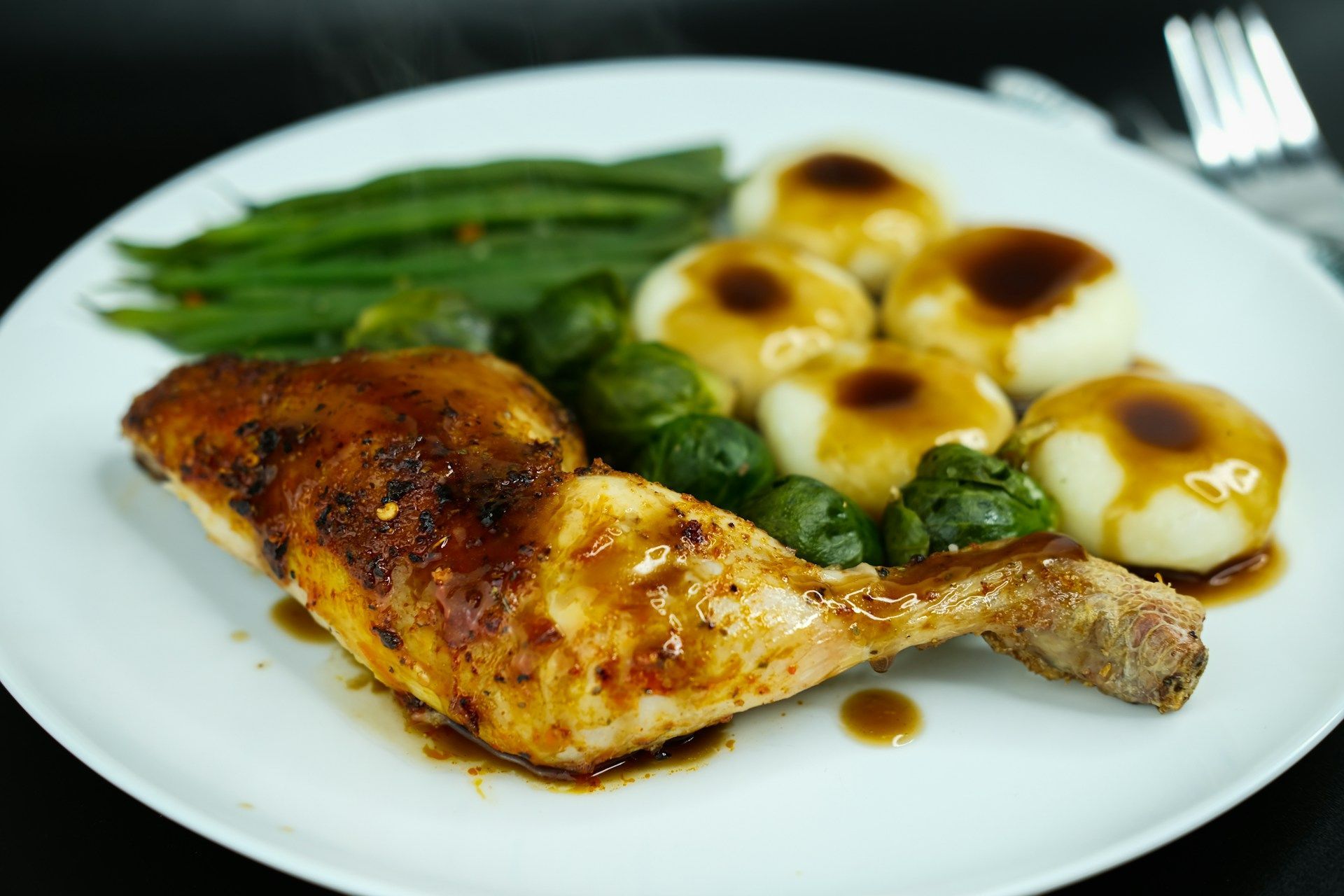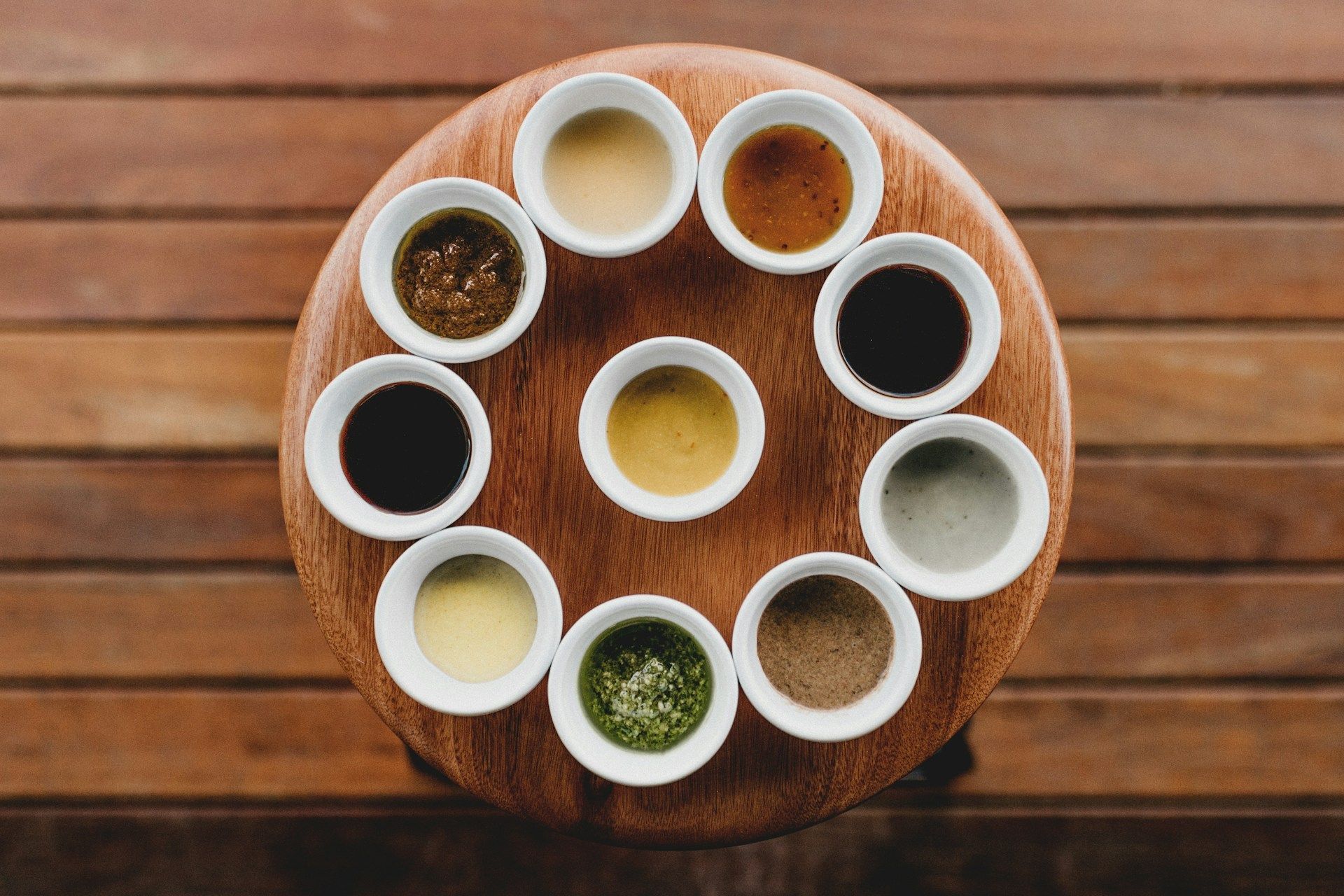Indian Food Myths You’ve Probably Believed, Debunked - Part 1
SUHEL AHMED • 28 October 2021
Indian food is one of the most popular cuisines in the UK. In 2018, curry houses in the United Kingdom generated 4.2 million GBP!
Even though the UK population loves their curry and chicken tikka masala, there are still a lot of myths that prevent would-be Indian food lovers from taking the plunge. In this two-part series, we will talk about those myths that you may or may not know about Indian cuisine.
Myth 1: Everything Is Spicy
One of the most common misconceptions about Indian cuisine is that every dish is burn-your-bottom-off spicy. If you ever had a chicken kurman or a saag aloo, then you know that’s not entirely true, but there is a grain of truth in there.
Indian food uses a lot of fresh ingredients and aromatic spices. In this case, yes, Indian food is spicy. Indian cuisine may be spicy, but some dishes don’t hit the Scoville scale.
Some of the best Indian restaurants will have notes on their menus on the spice levels of their dishes. If there are no notes, legends or signs on the menu that show the spice level of a dish, you can always ask the staff.
Myth 2: Everything Is Curry
Most people would define curry as “that creamy Indian dish.” That is true, in a way, since curries need a form of creamy spiced sauce to be called a curry. But, curry is more than that.
In very broad strokes, curry is a dish with protein or vegetables in a sauce made primarily of turmeric, coriander, cumin and dried chilli peppers. Although curry leaves exist and are often used in South Indian cooking, using this leaf is not a requirement for all curries.
Let’s put it this way: Indian food has a lot of curry varieties and curry lookalikes, but that’s not everything that the cuisine has to offer. Punjabi samosa, tandoori king prawns, chicken tikka—these are some of the dishes that don’t look anything like curry but are just as delicious, maybe even more.
Myth 3: Nan Is the Only Indian Bread
Nan is a leavened flatbread that best accompanies dishes with creamy sauces. Like curries, nan is a popular Indian bread with a lot of varieties. Plain nan, garlic nan, butter nan—all nan, all delicious.
Nan may be a popular bread choice for most Indian restaurants, but that is not the only Indian bread available. The Michelin guide lists over 30 types of Indian bread.
Myth 4: There Is No Dessert
Perhaps this stems from the “Indian food is all spicy and all curry” myth, but this is certainly false. Depending on who you ask, people can list anywhere from 14 to 50 Indian desserts.
You may not have experienced the happiness of eating soft and sweet gulab jamun dough ball dripping with sweet syrup yet. But when you do, you will be singing its praises. Try having it with a cup of Darjeeling tea, and you will be transported to heaven.
Myth 5: There Is Nothing I Can Eat
People have different dietary restrictions. Some are born with it; some choose to practice it. Regardless if it’s for medical, ethical or environmental reasons, there is most likely an Indian dish that you can enjoy.
Some of the best Indian restaurants have vegetarian, gluten-free and vegan options. They would also have notes on the dishes with nuts and dairy.
Conclusion
There are a lot of myths surrounding Indian cuisine. These misconceptions prevent people from broadening their food horizons to South Asia. While some of the myths do have a bit of truth in them, most of these misconceptions stem from a lack of understanding of the cuisine as a whole. For more myths that need debunking, watch out for this topic’s part two!
Are you hungry for some of the best Indian food in London? Then Tower Tandoori is the place for you. We serve authentic Indian dishes that can make your taste buds sing and your tummy happy. Call us today!
